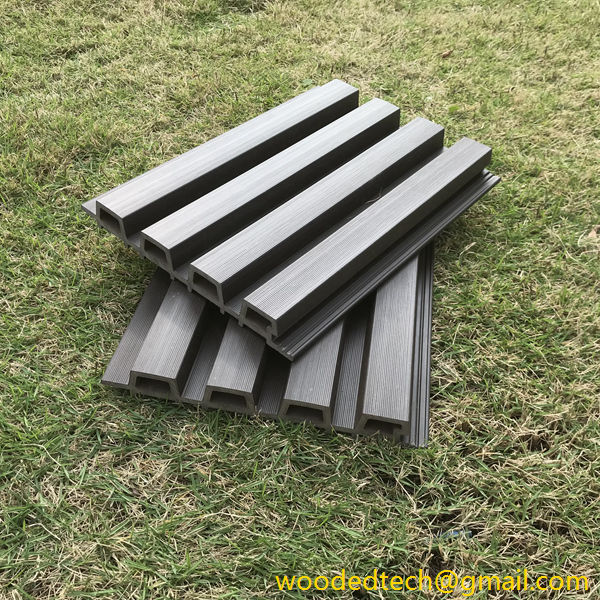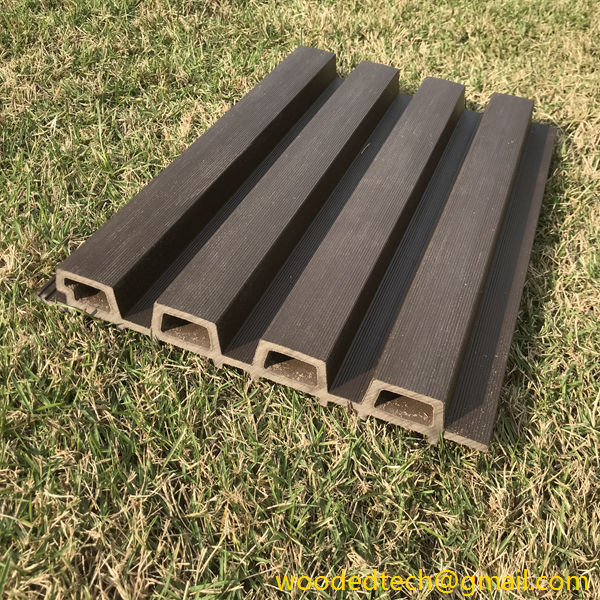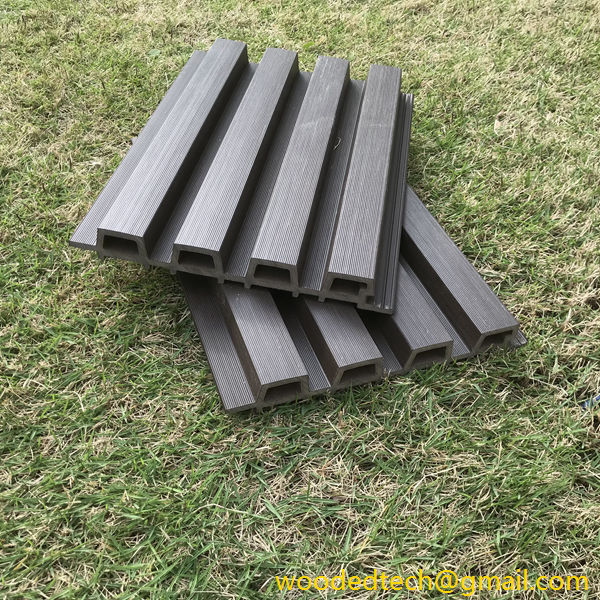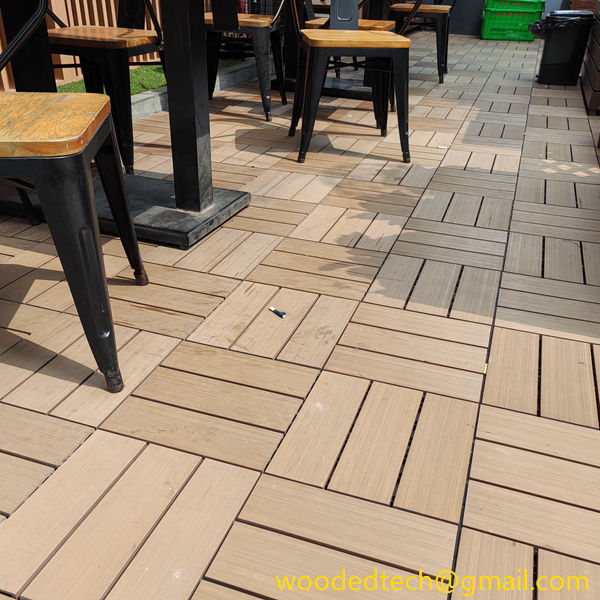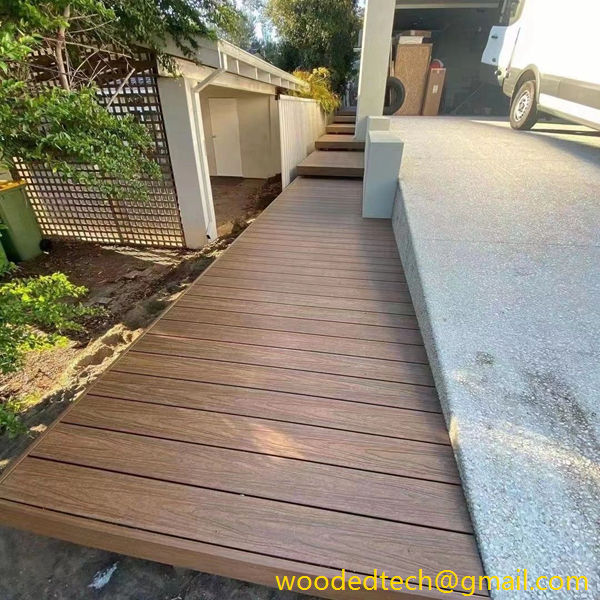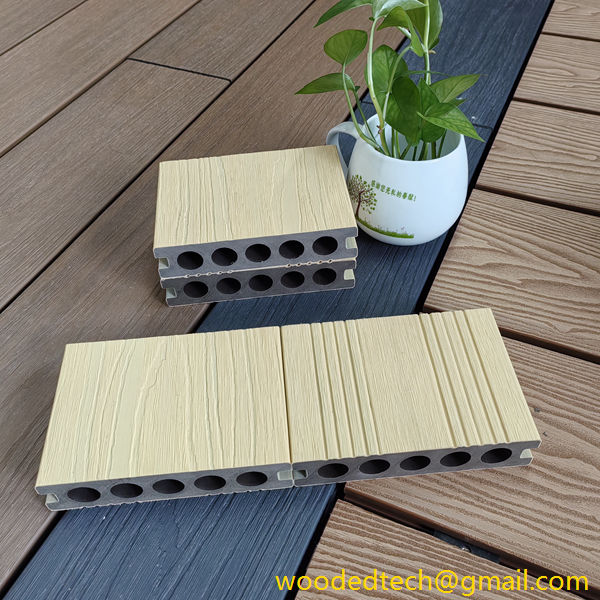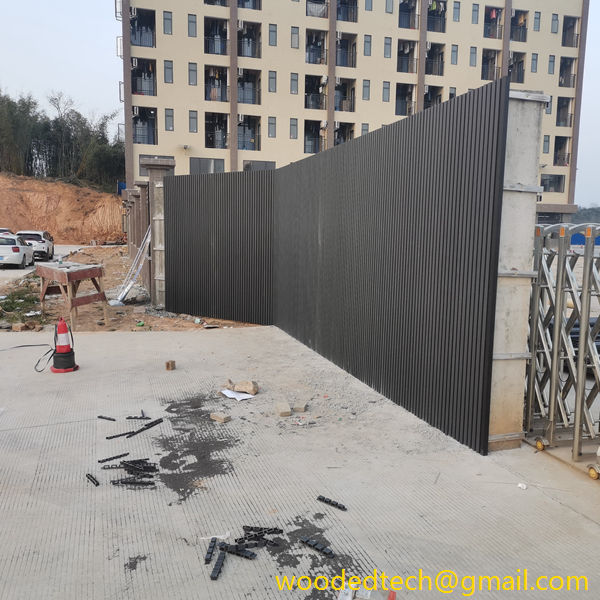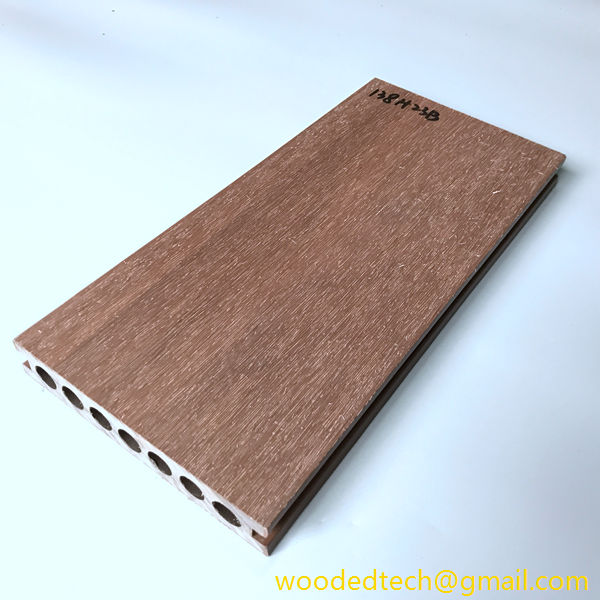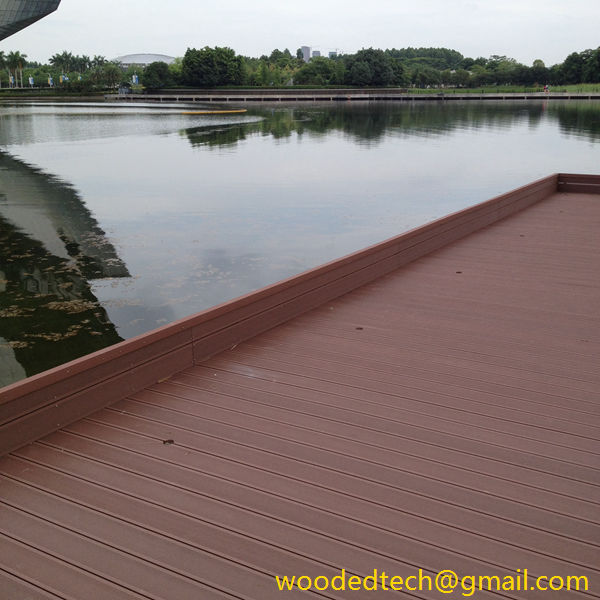Enhance Your Building’s Facade with Wood Plastic Composite Wall Cladding
When it comes to enhancing the aesthetic appeal of your building, the facade plays a pivotal role. A well-designed facade not only elevates the overall appearance of your structure but also contributes to its durability and energy efficiency. One of the most innovative and practical solutions in this realm is wood plastic composite (WPC) wall…
When it comes to enhancing the aesthetic appeal of your building, the facade plays a pivotal role. A well-designed facade not only elevates the overall appearance of your structure but also contributes to its durability and energy efficiency. One of the most innovative and practical solutions in this realm is wood plastic composite (WPC) wall cladding. This material combines the best of both worlds: the natural beauty of wood and the longevity of plastic. Beyond its visual appeal, WPC wall cladding offers easy installation, making it an attractive option for both builders and homeowners.
Wood plastic composite is a versatile material made from a blend of wood fibers and recycled plastic. This unique combination results in a product that mimics the look and feel of natural wood while offering superior performance characteristics. WPC cladding is resistant to moisture, insects, and rot, making it an ideal choice for various climates and conditions. Moreover, its durability ensures that the facade will maintain its aesthetic appeal for years to come, reducing the need for frequent maintenance and repairs.
One of the standout benefits of WPC wall cladding is its easy installation process. Unlike traditional wood cladding, which often requires extensive preparation and specialized tools, WPC cladding can be installed with relative ease. Most WPC products come with a tongue-and-groove design or a clip system that facilitates straightforward assembly. This design minimizes the need for complicated fastening techniques, making it accessible for both professional contractors and DIY enthusiasts.
The lightweight nature of WPC materials further contributes to a hassle-free installation experience. Traditional wood cladding can be cumbersome to handle, often requiring multiple people to lift and position the boards correctly. In contrast, WPC panels are significantly lighter, allowing for easier handling and maneuverability. This characteristic can be especially beneficial in challenging installation environments or for those who are working alone.
Before installation, proper planning is essential. Begin by measuring the area where the WPC cladding will be applied to determine the amount of material needed. This step helps minimize waste and ensures a seamless fit. It is also advisable to check the manufacturer’s guidelines for specific installation instructions, as these can vary between different products.
Once you have your materials ready, the installation process can begin. First, prepare the surface where the cladding will be installed. This may involve cleaning the area and ensuring that it is free from debris, moisture, or any other obstacles that could affect adhesion. For optimal results, a level surface is crucial, as uneven surfaces can lead to complications during installation.
Next, install a moisture barrier if necessary. This step is particularly important in areas with high humidity or where water exposure is a concern. A moisture barrier helps protect the underlying structure from potential damage caused by water infiltration, ensuring the longevity of both the WPC cladding and the building itself.
With the surface prepared, you can begin attaching the WPC panels. If your cladding features a clip system, simply align the panels according to the manufacturer’s instructions and secure them in place. For tongue-and-groove designs, fit the panels together snugly, ensuring that there are no gaps that could allow moisture to penetrate. It is advisable to leave a small expansion gap at the ends of the panels to accommodate any changes in temperature or humidity.
One of the most appealing aspects of WPC wall cladding is its versatility in design. Available in a variety of colors, textures, and finishes, WPC allows you to customize the look of your building’s facade to suit your personal style or the architectural theme of your neighborhood. Whether you prefer a modern, sleek appearance or a more traditional, rustic look, there is a WPC cladding option that can meet your aesthetic preferences.
In addition to its visual appeal, WPC wall cladding also offers practical benefits. Its low maintenance requirements are a significant advantage for busy homeowners and property managers alike. Unlike traditional wood, which requires regular staining or painting, WPC cladding retains its color and finish with minimal upkeep. A simple rinse with water is often enough to keep it looking fresh and new, saving you both time and money on maintenance costs.
Moreover, WPC is an environmentally friendly choice. By utilizing recycled materials in its production, WPC wall cladding reduces the demand for virgin resources and helps minimize environmental impact. This eco-conscious approach appeals to those who are looking for sustainable building materials that align with their values.
In conclusion, enhancing your building’s facade with wood plastic composite wall cladding is a smart and stylish choice. Its easy installation process, lightweight nature, low maintenance requirements, and aesthetic versatility make it an excellent option for residential and commercial properties alike. By choosing WPC cladding, you are not only improving the visual appeal of your building but also investing in a durable and sustainable solution that will stand the test of time. As you embark on your facade enhancement journey, consider the many benefits that WPC wall cladding has to offer. With its combination of practicality and beauty, it is sure to leave a lasting impression.

